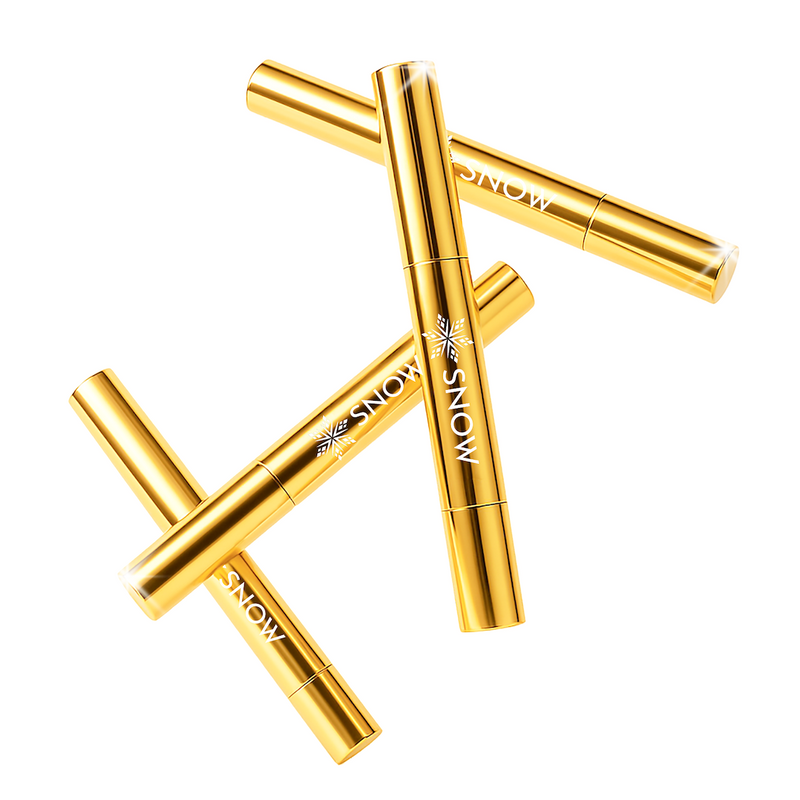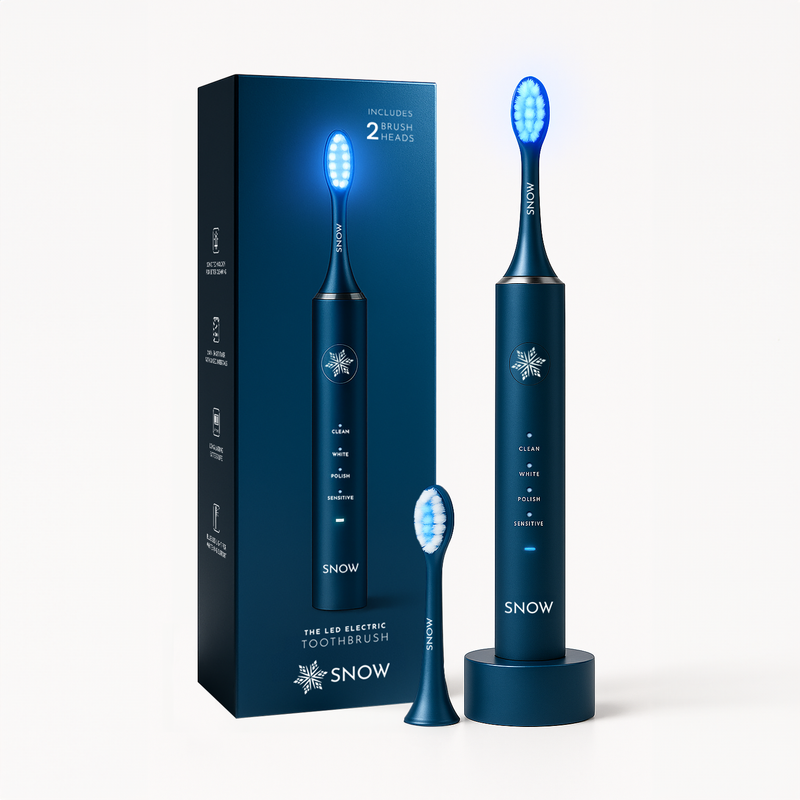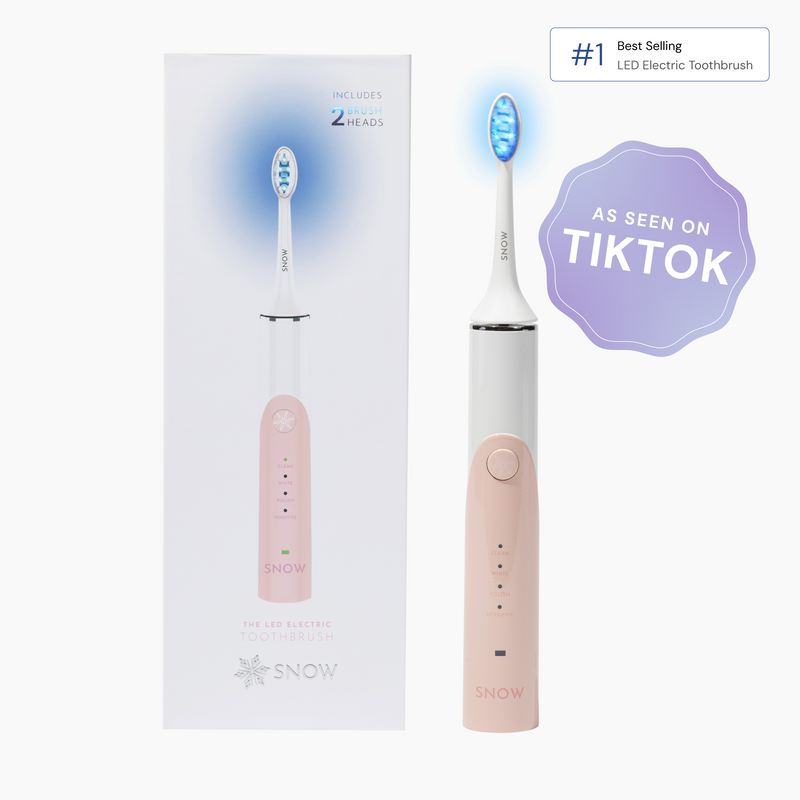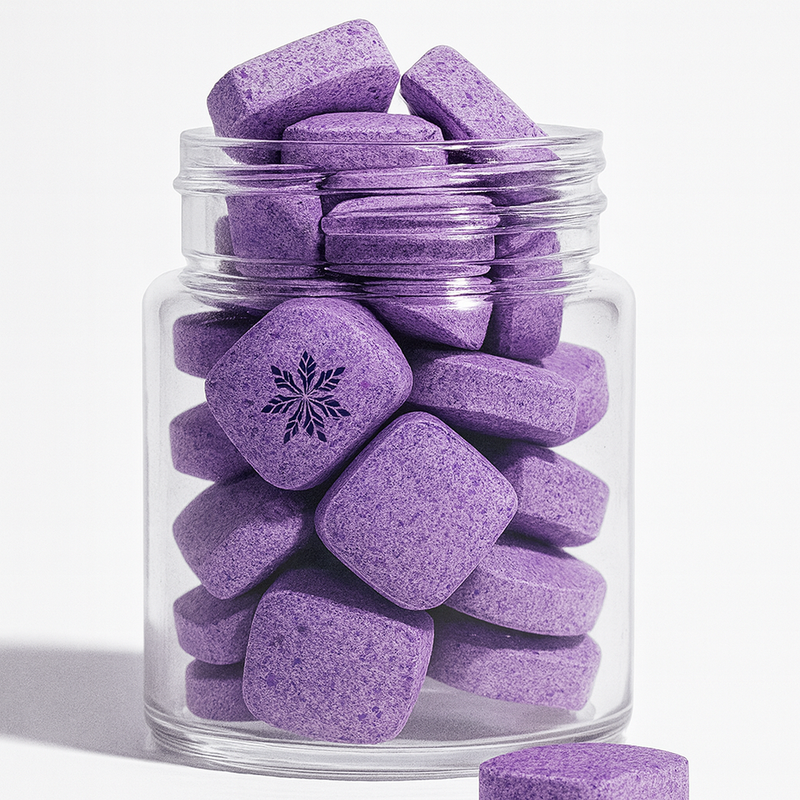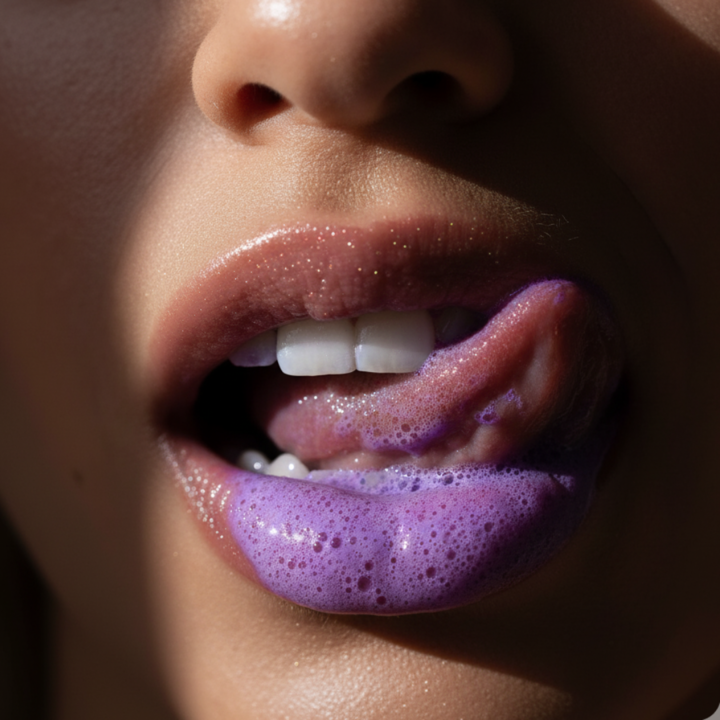Why is flossing as important as brushing? Because both contribute to keeping your teeth and gums healthy.
In this article, we'll take an in-depth look at the importance of both flossing and brushing, discuss the best sequence for maintaining oral health, and guide you in forming a daily flossing habit.
We'll also compare different types of toothbrushes and dental floss to help you choose the best tools for your needs.
Let's kick things off!
What this article covers:- Why Flossing Is As Important As Brushing
- The Right Sequence for Oral Health
- Forming the Habit
- Types of Toothbrushes and Dental Floss
Why Flossing Is as Important as Brushing
Based on our observations, flossing and brushing are both indispensable for maintaining good oral hygiene. Combining both practices is essential for preventing dental issues like cavities, gum disease, and bad breath.
Here is how each makes a difference.
Flossing
Flossing is vital because it reaches areas that brushing cannot. It removes food particles and plaque from between the teeth and along the gumline, helping prevent the buildup of plaque. If left unaddressed, plaque can harden into tartar, leading to gum disease and tooth decay.
Flossing also plays a key role in preventing bad breath by eliminating bacteria that produce unpleasant odors.
Understanding why is flossing important can motivate you to make it a consistent part of your routine. For an advanced approach, consider SNOW's Activated Charcoal Whitening Floss.
This plant-based floss uses naturally expanding bamboo fibers and activated charcoal to remove plaque and surface stains between teeth while detoxifying your mouth.
Brushing Your Teeth
Brushing is the foundation of any oral care routine. It removes plaque from the surfaces of your teeth, helping to prevent cavities and gum disease.
Brushing twice a day with fluoride or hydroxyapatite toothpaste strengthens tooth enamel and protects against decay. Moreover, brushing helps keep your breath fresh by removing food particles and bacteria.
Step up your brushing game with the SNOW's Advanced Whitening Electric Toothbrush. This professional-grade toothbrush uses advanced sonic technology and triple LED light to deliver a thorough clean.
It offers four modes—Clean, Whiten, Polish, and Sensitive—catering to different needs, and comes with a UV light self-cleaning travel case and attachments for tongue scraping and facial cleansing.
The Right Sequence for Oral Health
Our findings show that the order in which you perform your routine matters. Our research indicates that flossing before brushing is the best sequence.
Flossing first dislodges food particles and plaque from between your teeth, allowing your toothbrush to more thoroughly clean these areas.
For a quick and effective flossing experience, try our Water Flosser. With three pressure modes—Pulse, Normal, and Soft—it's designed to cater to various comfort levels, making it ideal for daily use.
The collapsible water tank allows for continuous flossing, and it even performs around braces and dental work.
Forming The Habit
Establishing a daily flossing habit is of the utmost importance. To achieve this, stay consistent. Try to floss at the same time each day, whether in the morning or before bed.
Over time, as flossing becomes a natural part of your routine, you'll notice improvements in your oral health, like fresher breath and healthier gums.
Many people find that the answer to “why does flossing feel good?” is because it leaves their mouth feeling clean and refreshed.
For added convenience, SNOW's Charcoal Whitening Floss Picks offer a dual-action approach with activated charcoal that removes plaque and whitens between teeth.
Types of Toothbrushes and Dental Floss
A variety of toothbrushes and dental floss options are available.
Soft-bristled toothbrushes are generally recommended to protect your gums from damage. If you're looking for an environmentally friendly option, the SNOW Bamboo Toothbrush combines sustainability with effective oral care.

Made from naturally renewable bamboo, it features extra-soft bristles that are gentle on gums.
When it comes to flossing, traditional string floss is common, but other options like dental tape, interdental brushes, and floss picks are also available.
Water flossers use a stream of water to clean between teeth, offering an effective solution for individuals with dental implants.
If you're wondering why does my floss smell bad, it could be due to trapped bacteria, indicating the need for more frequent or thorough flossing.
Conclusion
Flossing is as important as brushing because it cleans areas that brushing alone can't reach, reducing plaque and preventing gum disease.
We've discussed the benefits of flossing before brushing, the importance of consistency in forming the habit, and the variety of tools available to enhance your routine.
Remember, both flossing and brushing are essential for maintaining a healthy smile.
Ready to take your oral care to the next level? Explore SNOW's range of teeth whitening products and make flossing a daily habit to protect your smile for years to come.
Did our blog meet your needs? You might also find our other guides helpful:
- What Toothpaste Whitens Teeth?
- What Happens If You Use Too Much Toothpaste?
- What to Look for in Toothpaste
- Can Toothpaste Cause Dry Mouth?
- Can You Use Whitening Toothpaste with Braces?
- Can I Use Fluoride Toothpaste After Whitening Strips?
- Is Fluoride Free Toothpaste Good
- How Much Toothpaste Should You Use?
- Fluoride vs Fluoride Free Toothpaste
- Types of Toothpaste
- How to Get White Teeth in 1 Day with Toothpaste
- Is It Safe to Use Whitening Toothpaste Everyday
- Should You Leave Toothpaste on Your Teeth
- Best Water Flosser
- Best Dental Floss

















































